Why, Arizona
Why is an unincorporated rural community in Pima County, Arizona, United States. It lies near the western border of the Tohono Oʼodham Indian Reservation and due north of Organ Pipe Cactus National Monument in Southern Arizona. It is approximately 30 miles (48 km) north of the Mexican border where Lukeville, Arizona, and Sonoyta, Sonora, Mexico, border each other, and 10 miles (16 km) south of Ajo, Arizona.
The population in Why at the 2020 census was approximately 148.
History
The town derives its name from the fact that two major highways, State Routes 85 and 86, originally intersected in a Y-intersection. At the time of its naming, state law required all city names to have at least three letters, so the town’s founders named the town “Why” as opposed to simply calling it “Y.” The Arizona Department of Transportation (ADOT) later removed the old Y-intersection for traffic safety reasons and built the two highways in a conventional intersection south of the original intersection.
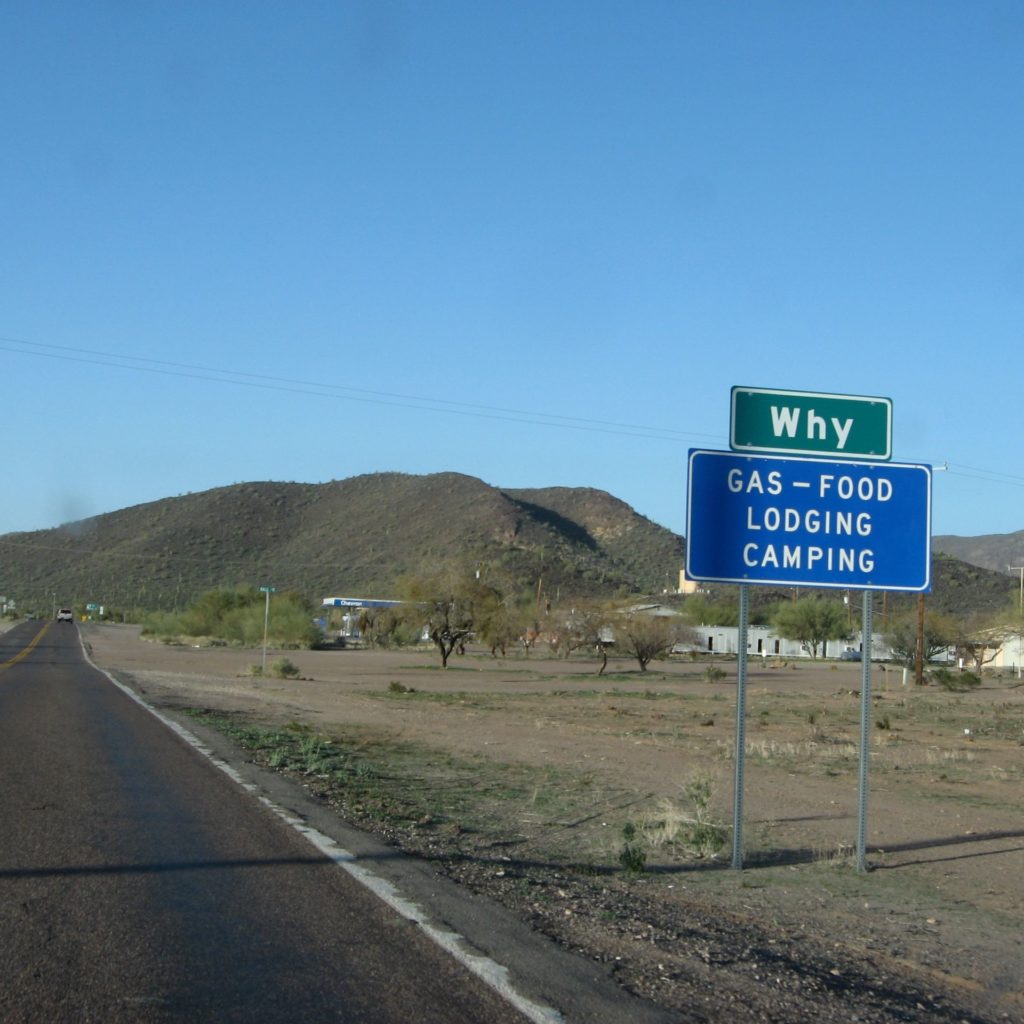
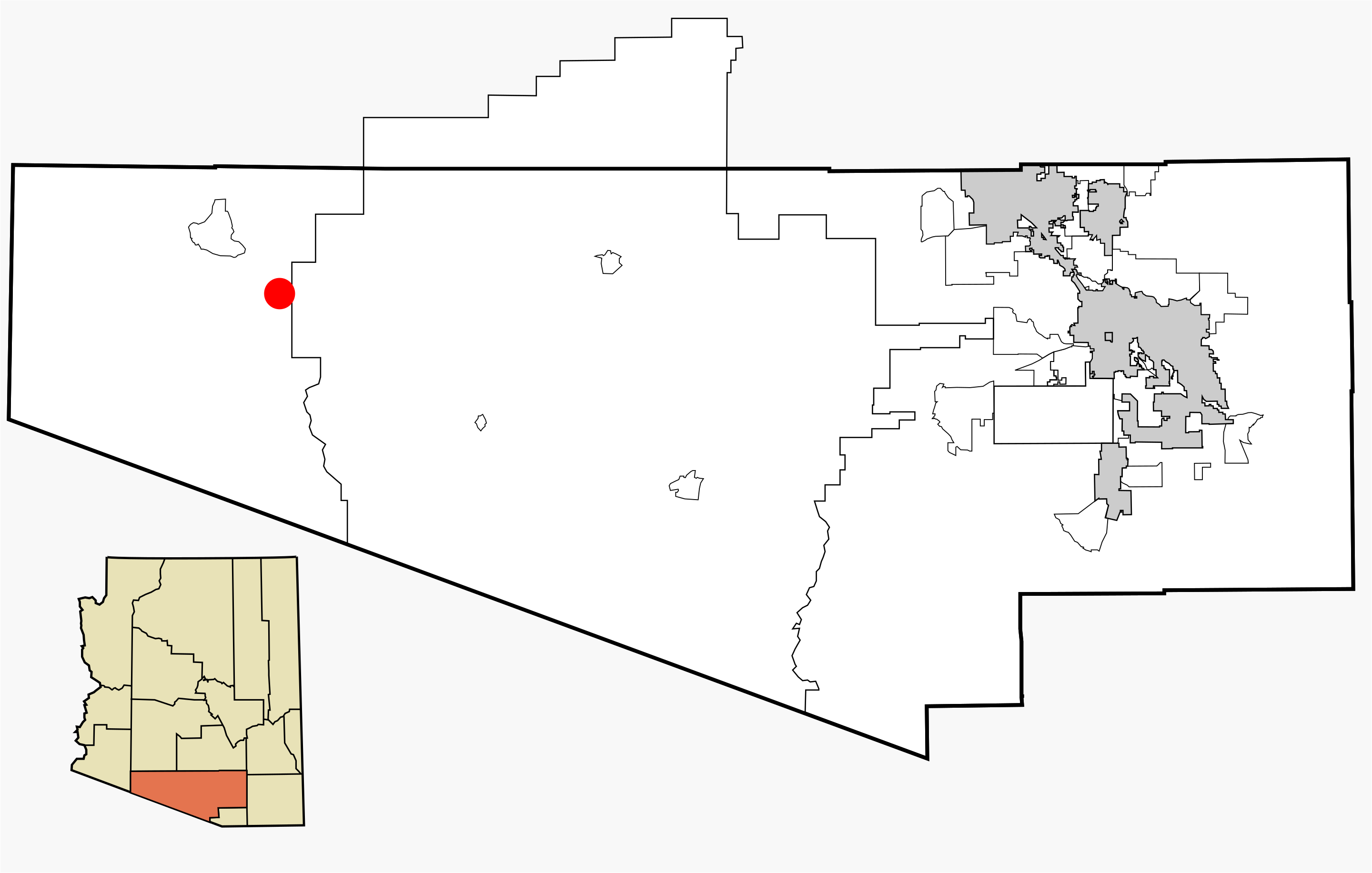
Xenia, Ohio
Xenia is a city in southwestern Ohio and the county seat of Greene County, Ohio, United States. It is 15 miles (24 km) east of Dayton and is part of the Dayton Metropolitan Statistical Area, as well as the Miami Valley region. The name comes from the Greek word Xenia (ξενία), which means “hospitality”.
As of the United States Census 2020, the city had a population of 25,441. At the geographical center of the county, it is the county seat and houses the County Courthouse, County Sheriff’s Department, Jail, and other regional departments.
History
Xenia was founded in 1803, the same year Ohio was admitted to the Union. In that year, European-American pioneer John Paul bought 2,000 acres (8.1 km2) of land from Thomas and Elizabeth Richardson of Hanover County, Virginia, for “1050 pounds current moneys of Virginia.” Paul influenced county commissioners to locate the county seat on this land at the forks of the Shawnee creeks, stimulating the development of the settlement here.
Joseph C. Vance was named to survey the site and lay out the town. The following year, he bought the town site of 257 acres (1.04 km2) from John Paul for $250. The name of the new village was chosen in typically democratic fashion. Vance called a town meeting to discuss possible names. The committee had considered several suggestions without reaching any decision. Then the Rev. Robert Armstrong proposed the name “Xenia,” meaning “hospitality” in Greek, because of the fine hospitality extended to him in this friendly community. When a tie vote occurred, Laticia Davis, wife of Owen Davis, was invited to cast the deciding ballot. She voted for “Xenia.”
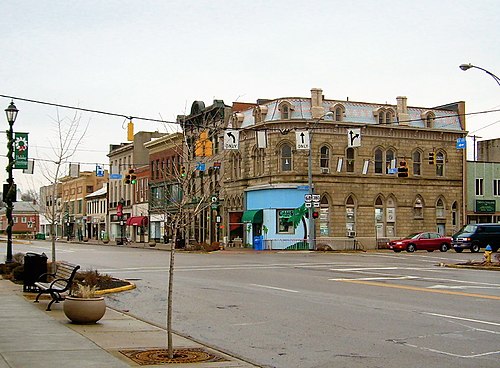
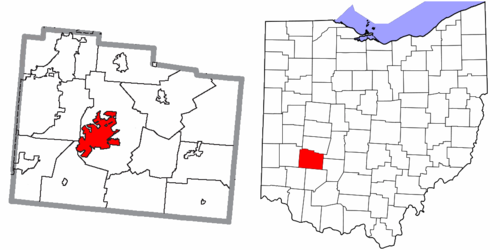
Yoe, Pennsylvania
Yoe is a borough in York County, Pennsylvania, United States. The population was 1,018 at the 2010 census.
History
Originally called Snyderstown, Yoe Borough encompasses 136 square acres and was built upon what was once part of two farms in York Township, one belonging to Jacob Snyder, which was bought in 1815, and the other farm, which belonged to Henry Taylor.
In 1871 Aaron Snyder, a son-in-law to Jacob Snyder, moved back to the family farm which was then owned by Henry Taylor’s son Zacharia, and set up a sawmill operation, thus establishing the first business in what was to become Yoe Borough.
In 1880 Moses Snyder, a son of Aaron’s bought another tract of land from the Taylor family farm and built a house and a building which housed a store and cigar factory, thus establishing the first cigar manufacturing shop not only in the borough but also in York County. The business of cigar manufacturing not only would make the town prosper, but also the entire county would soon be recognized for. Soon afterward, W.H. Taylor, a son of Zacharia’s, would begin another small cigar factory and in 1883 Jacob Taylor would take another part of the Taylor farm and divide it into 15 building lots for the use of the workers in the cigar shops and thus the settlement of Snyderstown was established.
Snyderstown began to flourish, a school was built in 1880 and the first church was built, also in 1880. More businesses were set up. The railroad established a station and the Adams Express Co. opened an office.
In 1888, the people of Snyderstown applied for a permit for a post office, but were turned down because there was already a town bearing that name in PA with a post office. So, Moses Snyder suggested the name of “Yohe” in honor of his mother and Aaron Snyder’s first wife Catherine Yohe. So as not to offend the second wife of Aaron, Moses suggested dropping the “H” out of the name, and thus the spelling of “Yoe” came to be. The settlement of Yoe continued to flourish, and on August 23rd 1893, was incorporated into a borough and thus Yoe Borough was born.
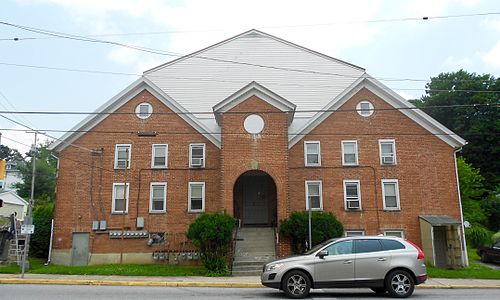
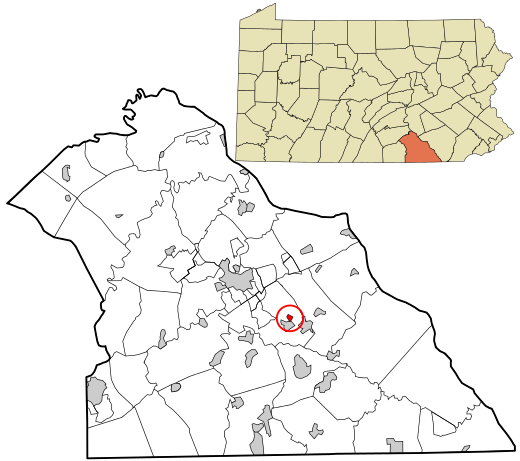
Zap, North Dakota
Zap is a city in Mercer County, North Dakota, United States. The population was 237 at the 2010 census.
Zap was founded in 1913 along a branch line of the Northern Pacific Railway that began in Mandan. The exact origin of the name is uncertain, though there are numerous unconfirmed theories; some say the town was named after Zapp, which was either a prominent Minnesota banking family or a coal-mining town in Scotland.
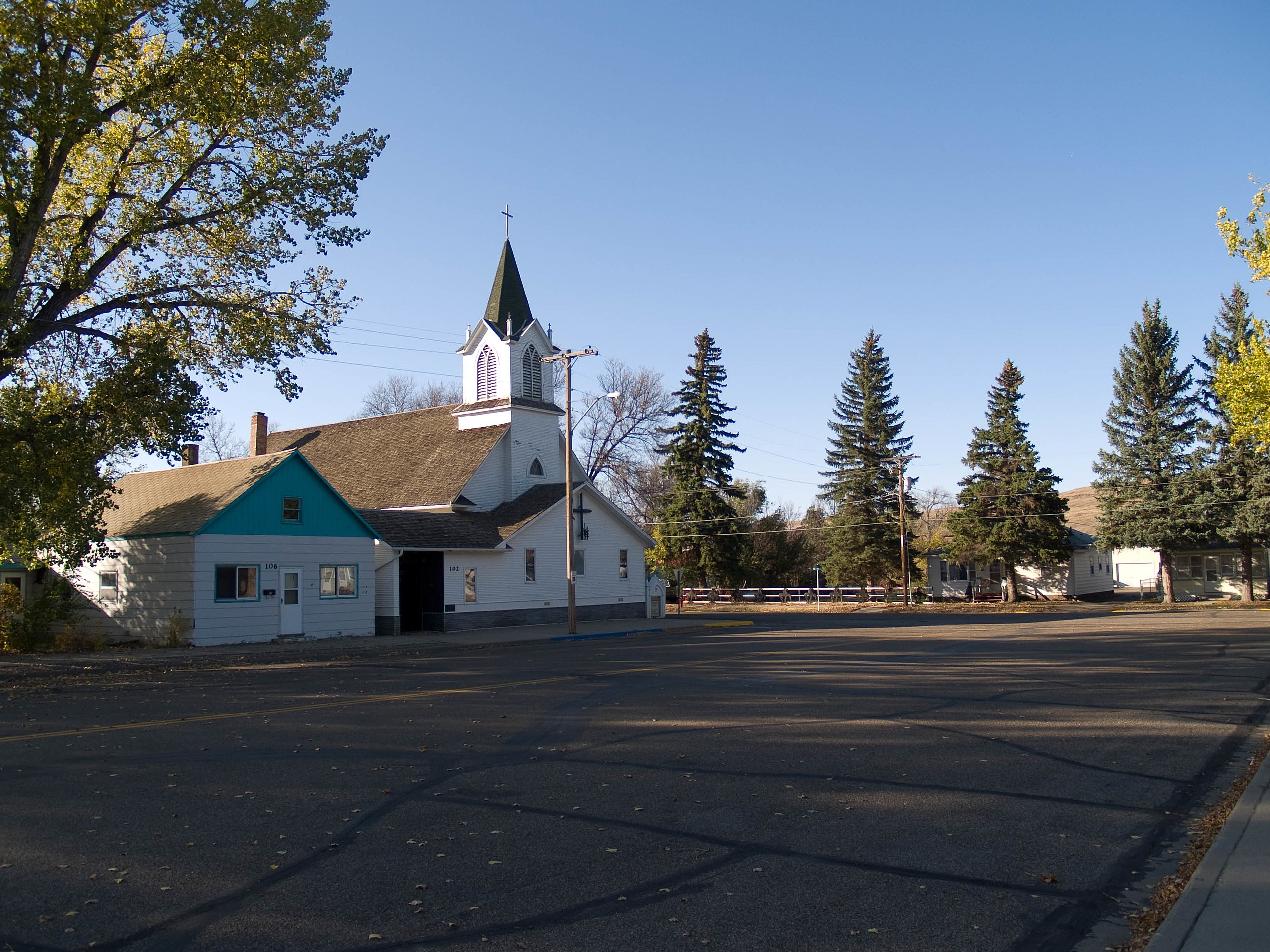
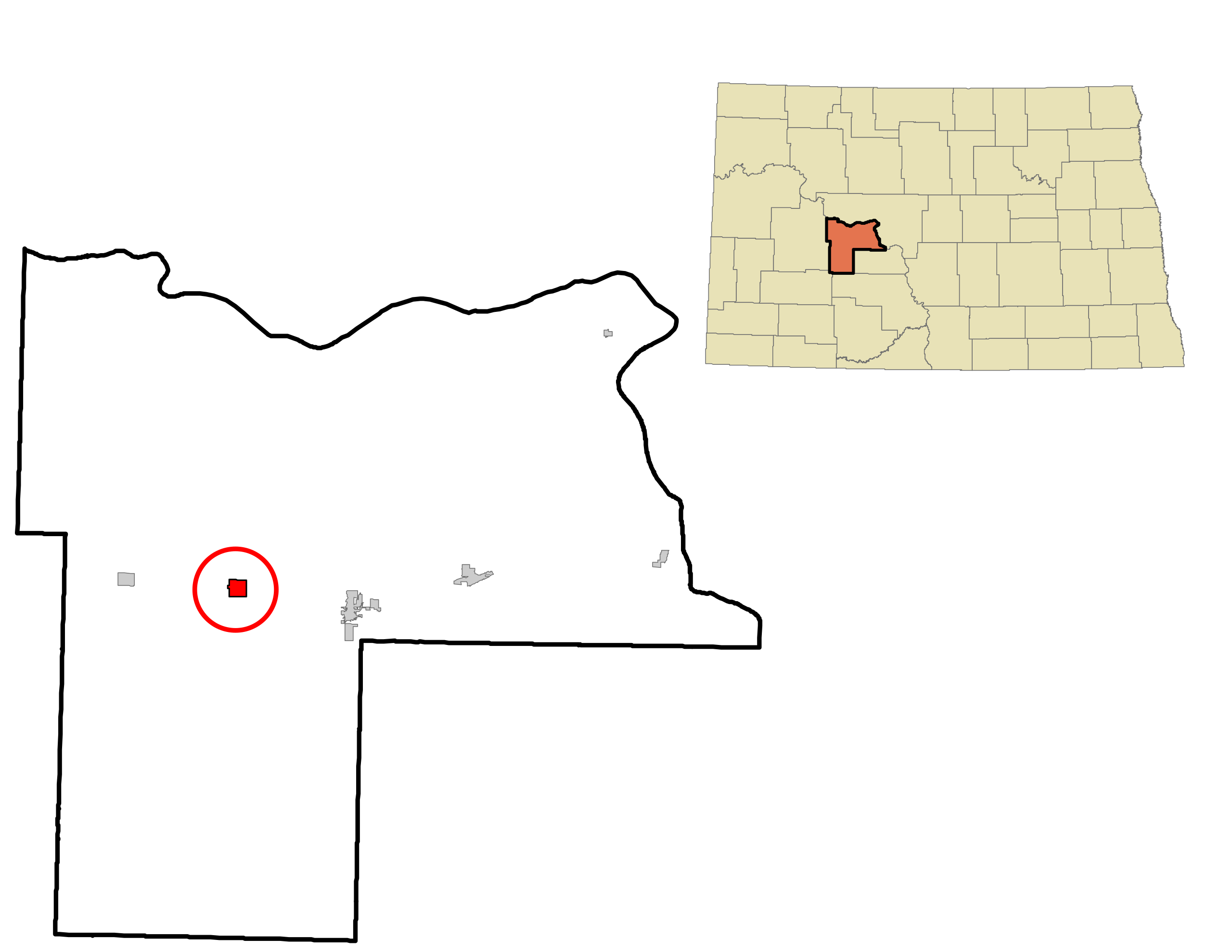
Text and images courtesy Wikipedia and the Borough of Yoe
en.wikipedia.org/wiki/Why,_Arizona
en.wikipedia.org/wiki/Xenia,_Ohio
en.wikipedia.org/wiki/Yoe,_Pennsylvania
yoeborough.org
en.wikipedia.org/wiki/Zap,_North_Dakota